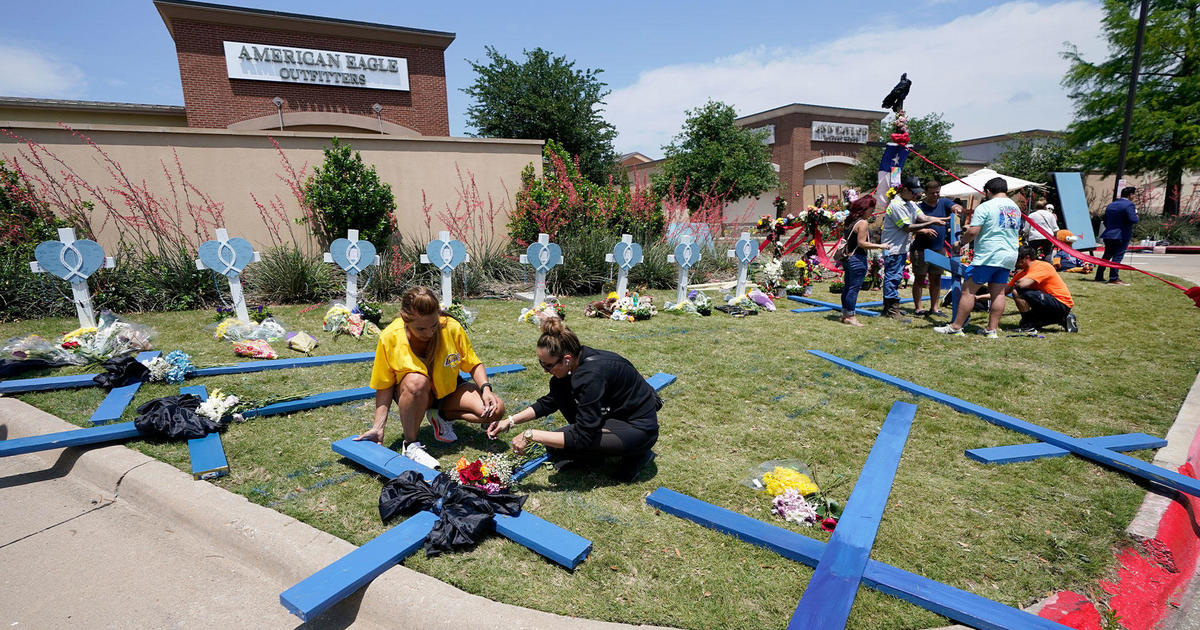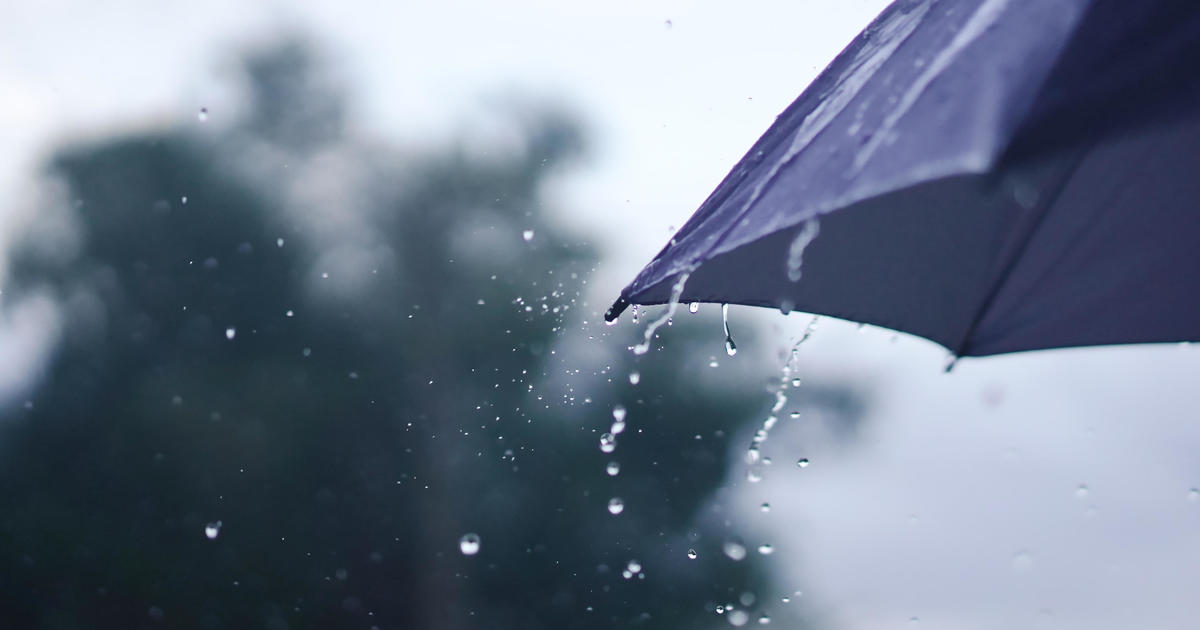Gardening 101: shrub replacement ideas
NORTH TEXAS (CBSDFW.COM) - As I am writing this, north Texas is now 16 months removed from the Great Freeze of February '21. Just as a reminder, on Feb. 16th, 2021, the official low at the DFW hit -2°F. This was the first negative low temperatures at DFW in thirty-one years and the coldest morning since 1949.
So the last time DFW was that cold (-1 on December 23rd, 1989) the population of the Metroplex was just over 3 million people. At the time of February freeze last year, the population was close to 6.5 million (more than double).
My point is that a lot of new landscaping went in between these record freezes. Many of the shrubs planted over the last 30 years were planted for Zone 8 or 9, plants that can handle only brief periods of temperatures down to 10°F. Much died off last winter but some of the hardest hit plants were the VERY popular shrubs Indian Hathorne and Pittosporum. It is difficult to guess how many shrubs we are talking about here, but many landscapers put the death rate at around 80%. So, they were basically wiped out. That's a lot of empty space just from those two species alone.
Many landscapes still bear the scars of the Great Freeze. Some landscapers and homeowners either haven't gotten around to removing and replacing the damaged or dead shrubs (it is an expensive proposition) or are simply hoping for a recovery miracle. Now that we are entering our second summer, I believe it is safe to say there is no miracle on the way. And some shrubs are so severely damaged that, while still alive, will only limp along as ugly ducklings for years to come.
And that is assuming there is another zero-or-below freeze right around the corner to finish them off.
My advice would be to pull these two types of shrubs and replace with something that will handle extreme cold and extreme heat. I talked to Jennifer Hatalski at Calloway Nursery about some ideas for replacements. It is interesting to note that on a retail level, Jennifer told me she was getting the same question from new transplants to the area AND from long time residents: what is the best shrub to plant here? It is as if the Great Freeze produced a paradigm shift on what is proper to plant for this area.
Jennifer suggested three shrubs that grow to similar sizes of both Indian Hawthorns and Pittosporums. I have used two of them in replacing shrubs in my yard, the Sunshine Ligustrum and the Kaleidoscope Abelia.
Both plants showed up at retail nurseries recently and have both quickly become favorites. The semi-deciduous Ligustrum is a bright yellow green, a nice color to set against the darker green of surrounding plants. The Abelia is like the Indian Hawthorne, it will set some small flowers briefly. But unlike the Hawthorne, the foliage of the Abelia is very decorative with lime-green variegation. It will want to get a little leggy, so you'll have to trim it every cold season to keep it in a tighter shape.
The third plant she recommended is a specific variety of the evergreen Distylium called Swing Low. While there are taller varieties, the Swing Low stays only a couple feet off the ground but will get 4-5ft wide. This is a real space filler with a nice blue-green dense leaf structure.
All three of these attractive shrubs are rather tough and can handle the extremes of north Texas weather. I put my Sunshine Ligustrums in front of a couple of taller (and very dark, dark green) Needle Palms to show of their "sunshine" nature. My Abelia is in the exact place my Indian Hawthorn was that died in the February freeze. While it is growing slow, it has a magnificent color and am glad I made the purchase.
Next week we are talking about some summer color using perennial/annual combinations. Keep your hands in the dirt!




